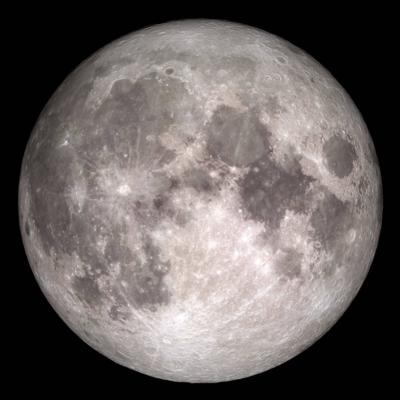Fri, Jun 24, 2022
Splitting for the Moon
NASA and the U.S. Department of Energy (DOE) have selected three design-concept proposals for a fission reactor system that would power human lunar endeavors under the project Artemis umbrella.

The contracts fund the development of initial design concepts for a 40-kilowatt class fission power system that can be transported to the moon by extant or near-future space-vehicles, then operate in the lunar environment for at least ten-years.
Relatively small and lightweight compared to electrical, fossil-fuel, or kinetic power systems, fission reactors are reliable and provide continuous power regardless of their position, surroundings, or ambient environmental conditions.
The successful demonstration of such a system on the Moon would bode well for long-duration, manned missions to the Moon and Mars.
The 12-month development contracts will be awarded to:
- Lockheed Martin of Bethesda, Maryland – The company will partner with BWXT and Creare.
- Westinghouse of Cranberry Township, Pennsylvania – The company will partner with Aerojet Rocketdyne.
-
IX of Houston, Texas, a joint venture of Intuitive Machines and X-Energy – The company will partner with Maxar and Boeing.

"New technology drives our exploration of the Moon, Mars, and beyond," said Jim Reuter, associate administrator for NASA's Space Technology Mission Directorate. "Developing these early designs will help us lay the groundwork for powering our long-term human presence on other worlds."
The data resultant of the developmental contracts will be applied to the design and production of both a fully flight-certified fission reactor and future nuclear propulsion systems that could help expand humanity’s purview beyond the solar-system.
The Artemis program, for which the lunar fission reactor is being developed, was undertaken in December 2017 for purpose of revitalizing the U.S. space program, NASA's stated short-term goal for the program is landing the first woman and first person of color on the Moon.
More News
Takeoff Roll The process whereby an aircraft is aligned with the runway centerline and the aircraft is moving with the intent to take off. For helicopters, this pertains to the act>[...]
“We’re proud of the hard work that went into receiving this validation, and it will be a welcome relief to our customers in the European Union. We couldn’t be mor>[...]
"Aircraft Spruce is pleased to announce the acquisition of the parts distribution operations of Wag-Aero. Wag-Aero was founded in the 1960’s by Dick and Bobbie Wagner in the >[...]
IDENT Feature The special feature in the Air Traffic Control Radar Beacon System (ATCRBS) equipment. It is used to immediately distinguish one displayed beacon target from other be>[...]
Aero Linx: Pararescue Air Force Pararescuemen, also known as PJs, are the only DoD elite combat forces specifically organized, trained, equipped, and postured to conduct full spect>[...]
 ANN's Daily Aero-Term (05.10.24): Takeoff Roll
ANN's Daily Aero-Term (05.10.24): Takeoff Roll Aero-News: Quote of the Day (05.10.24)
Aero-News: Quote of the Day (05.10.24) Aero-News: Quote of the Day (05.11.24)
Aero-News: Quote of the Day (05.11.24) ANN's Daily Aero-Term (05.11.24): IDENT Feature
ANN's Daily Aero-Term (05.11.24): IDENT Feature ANN's Daily Aero-Linx (05.11.24)
ANN's Daily Aero-Linx (05.11.24)




